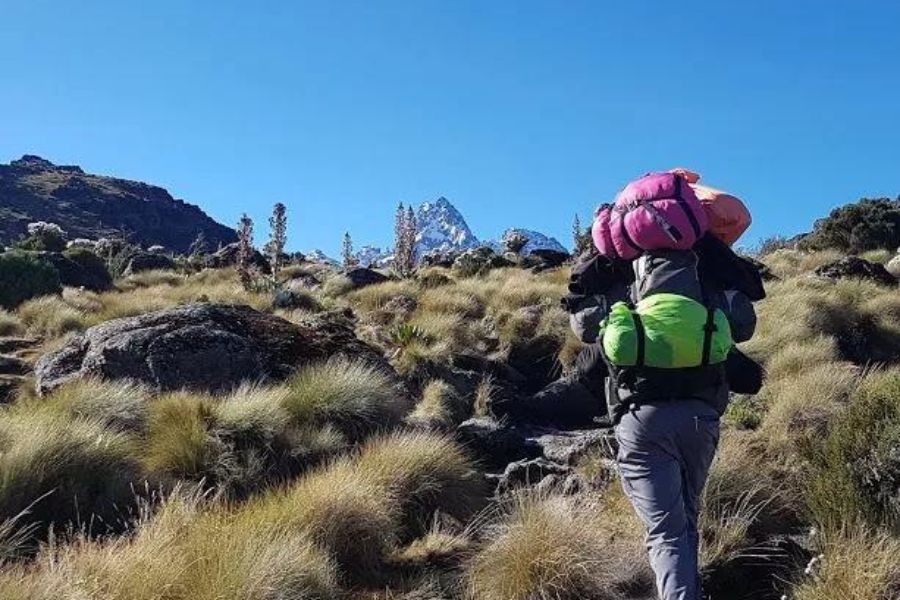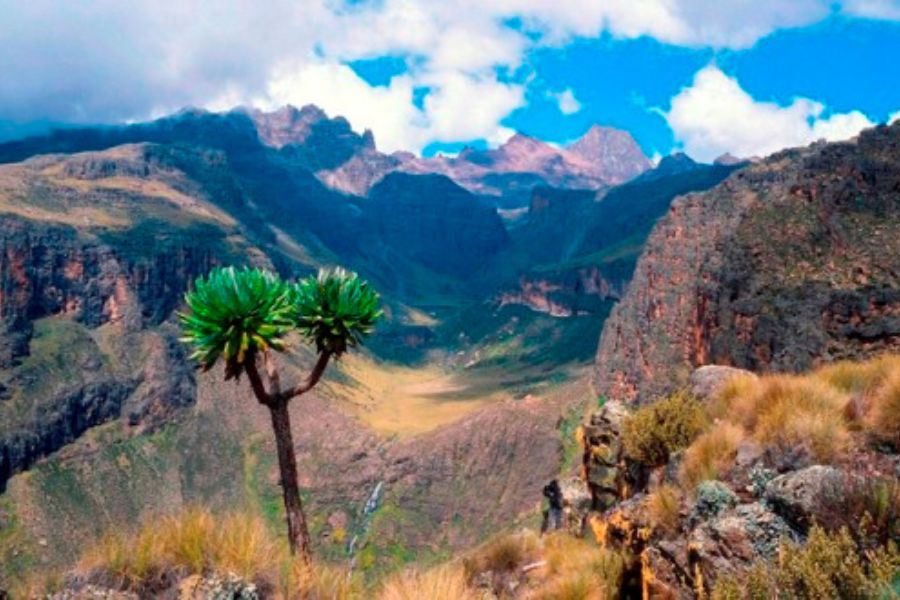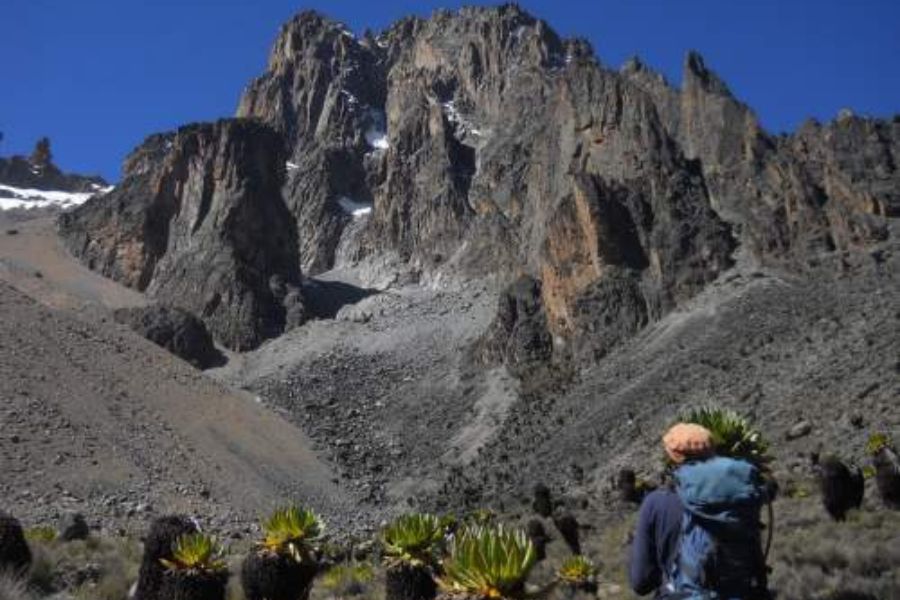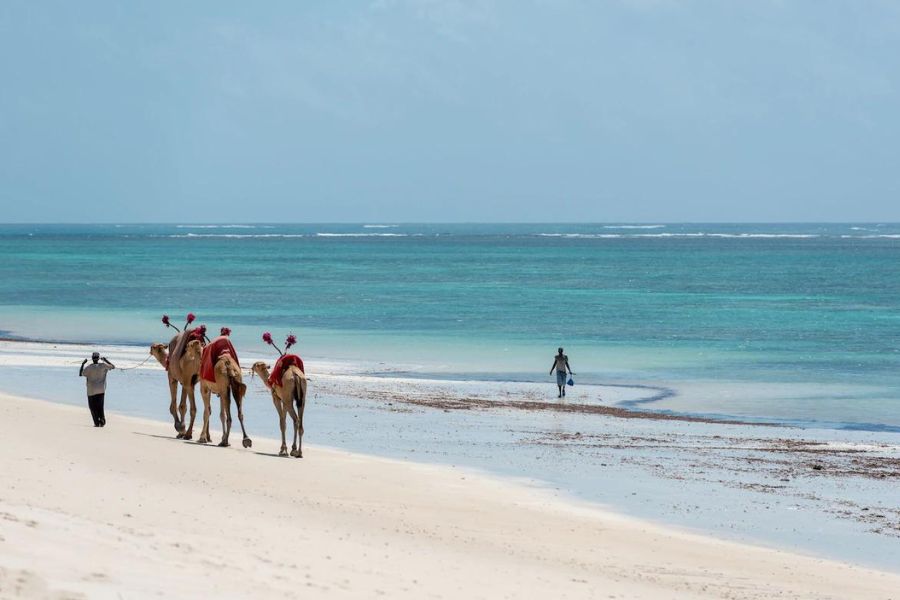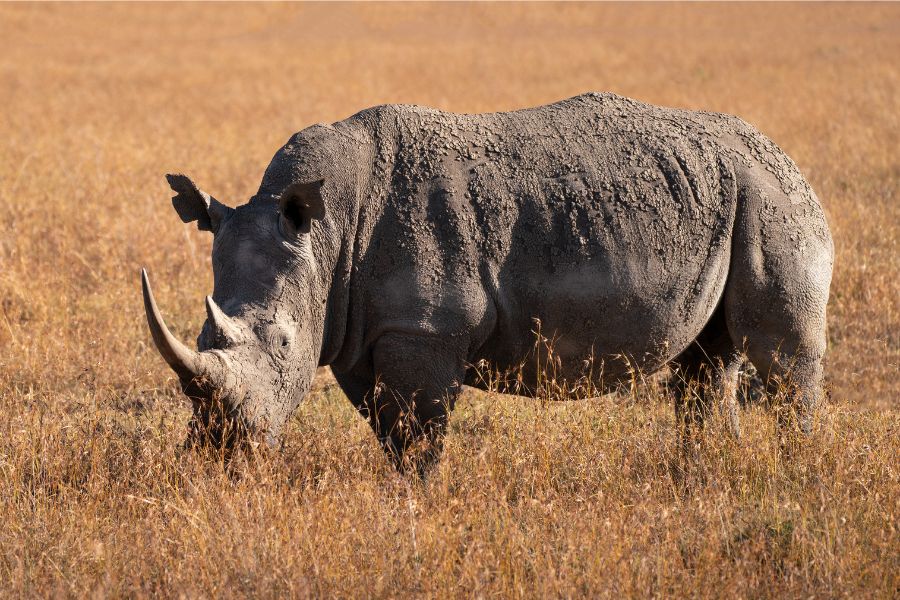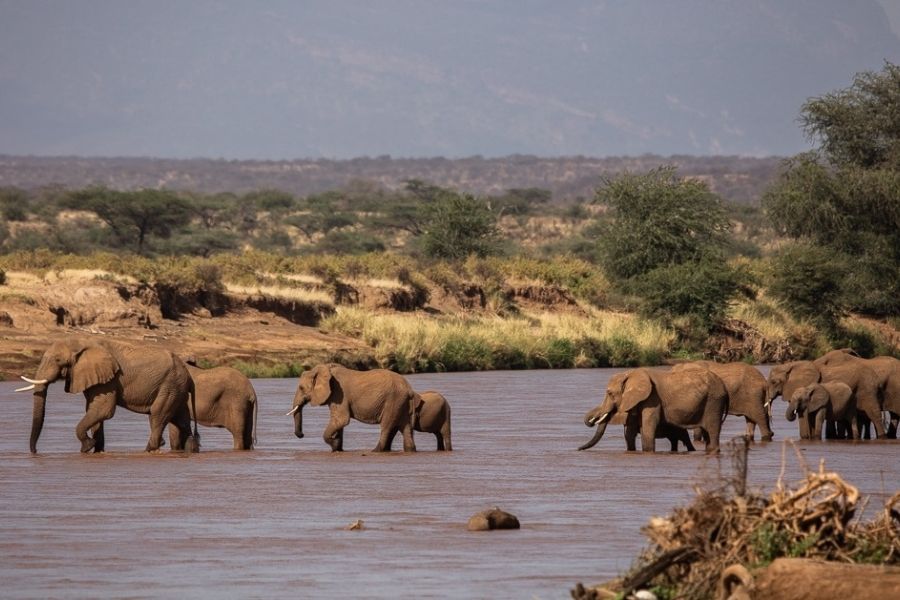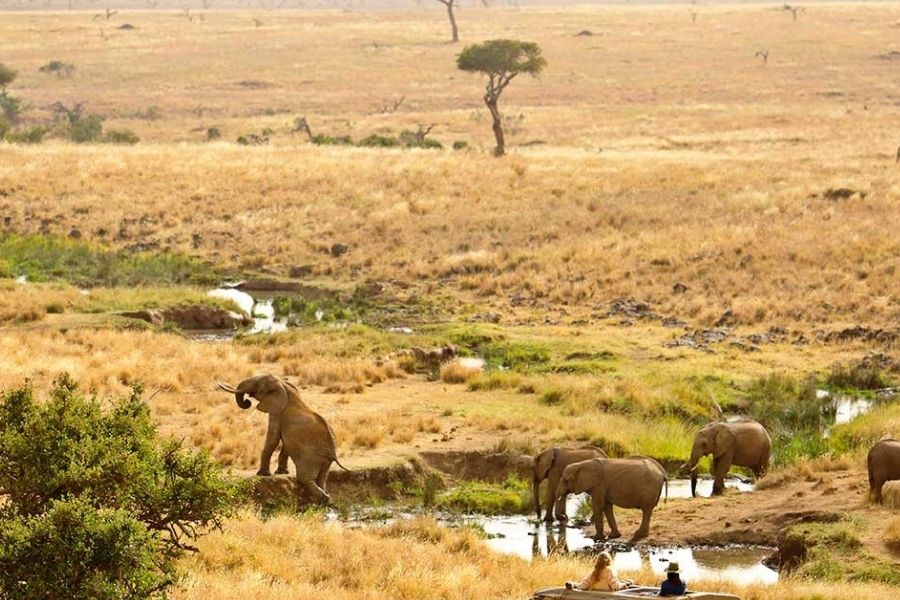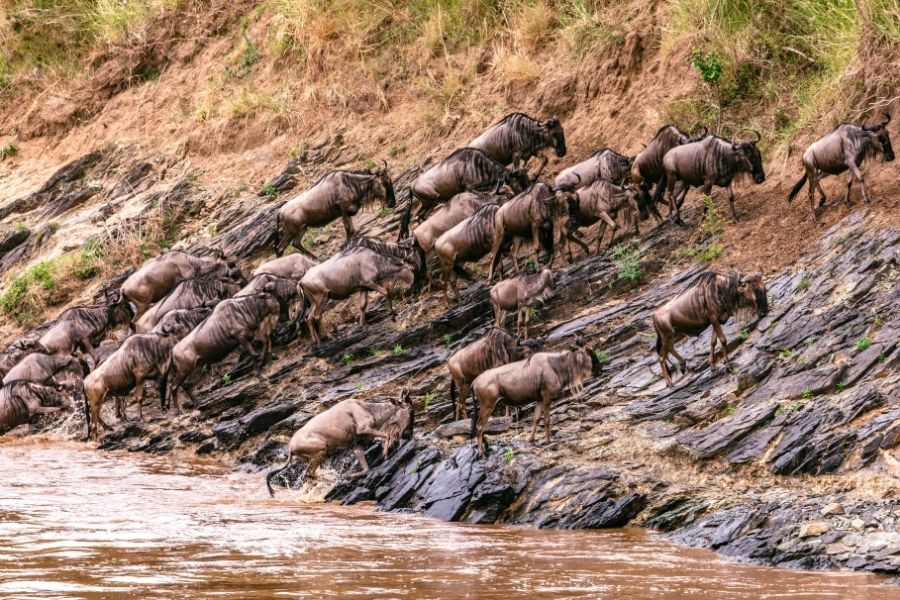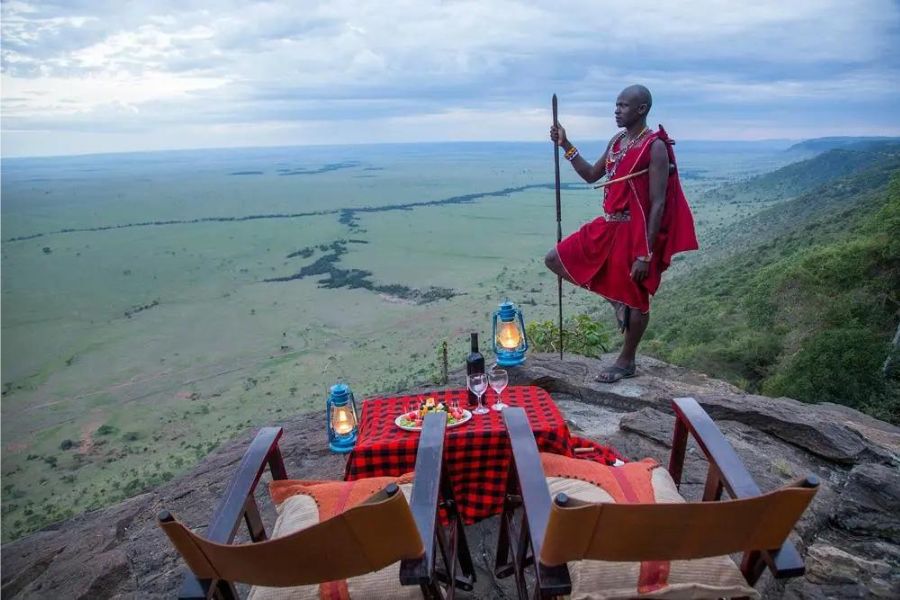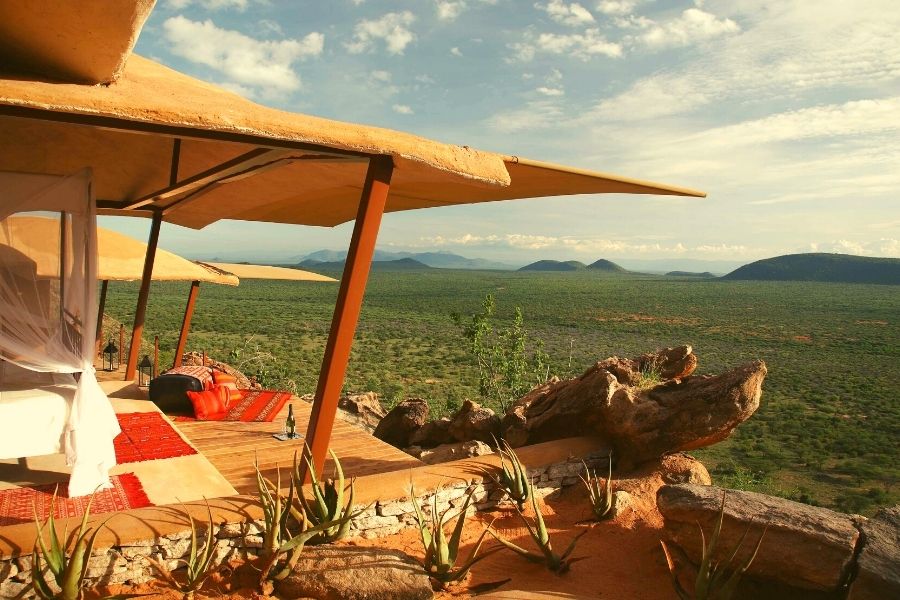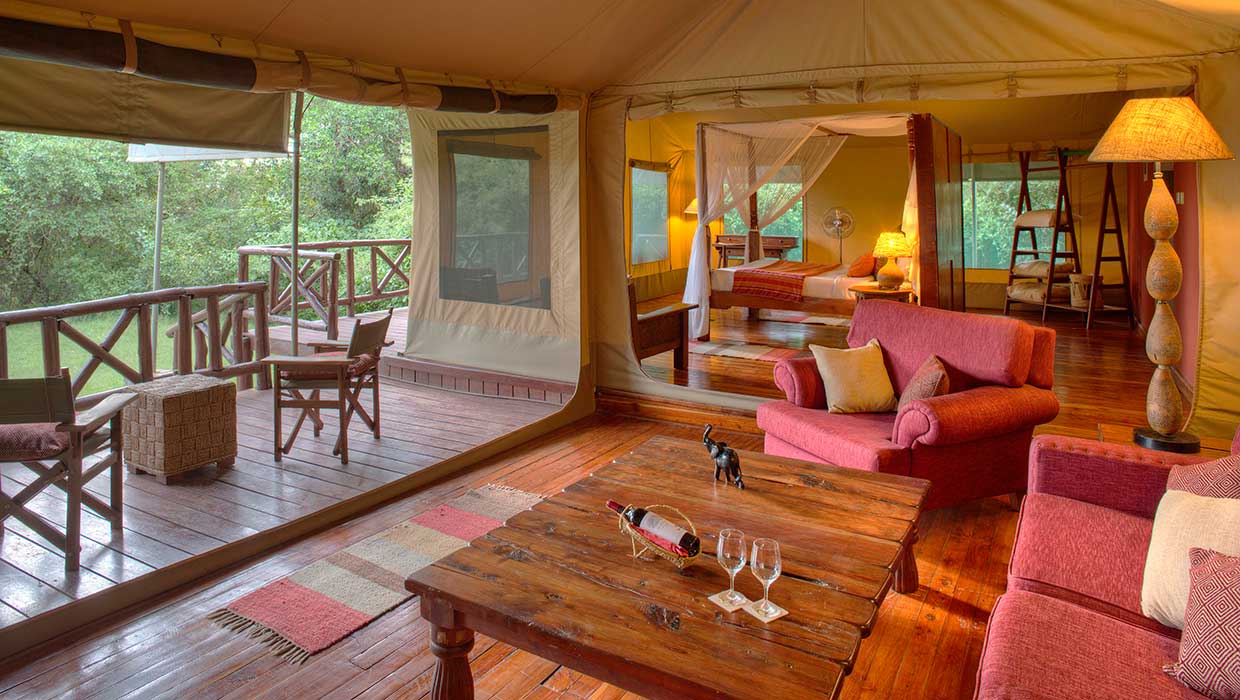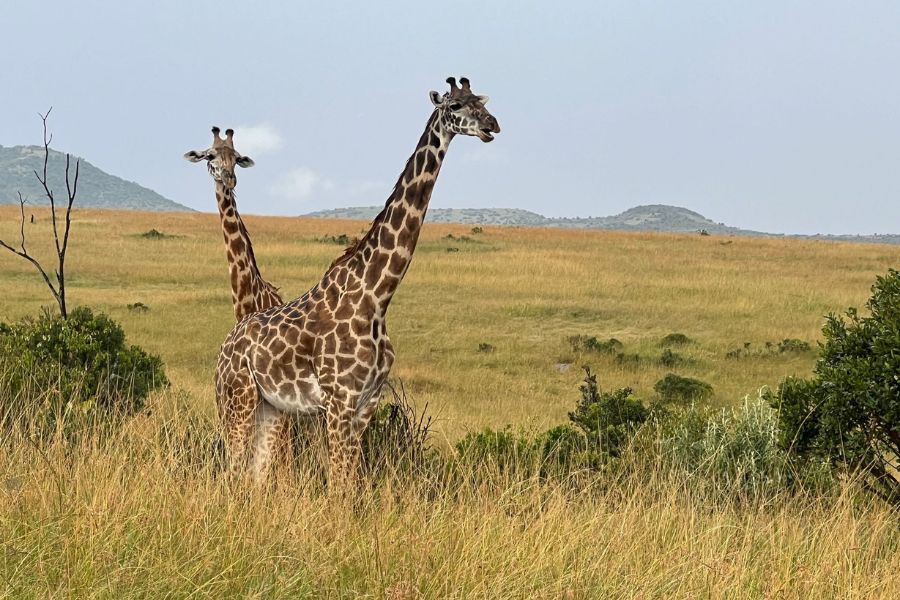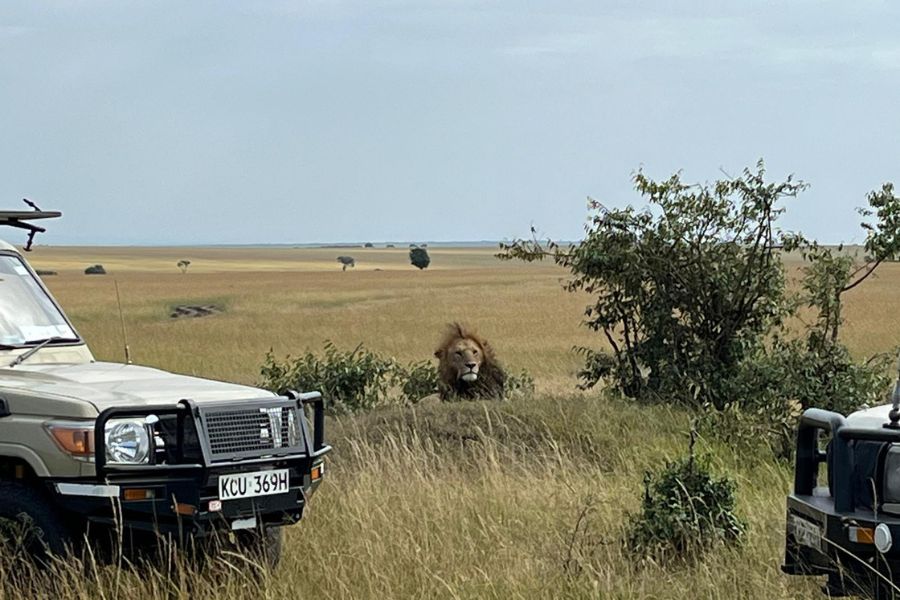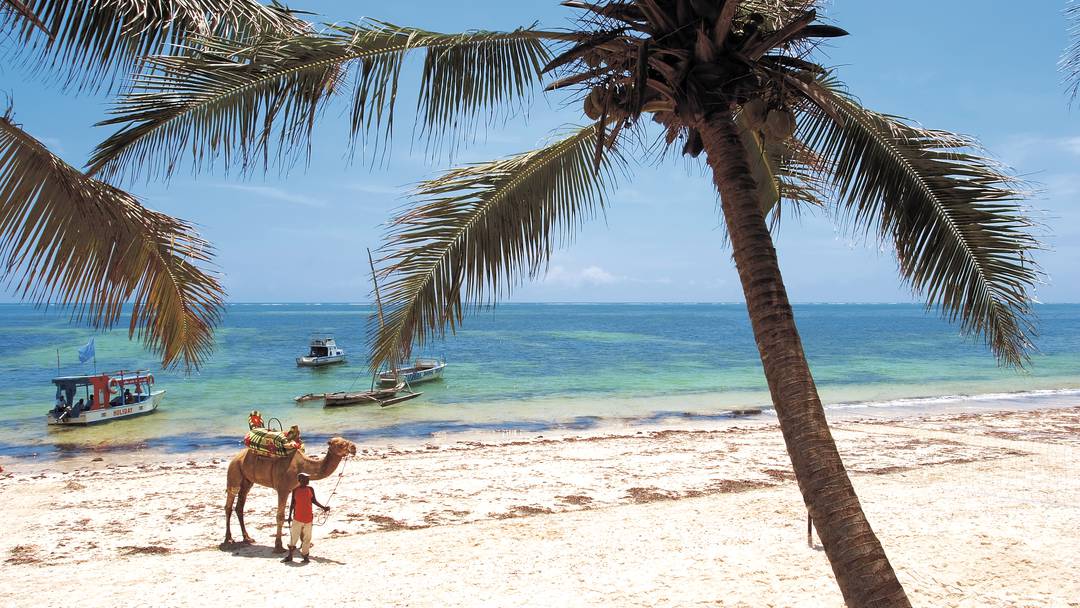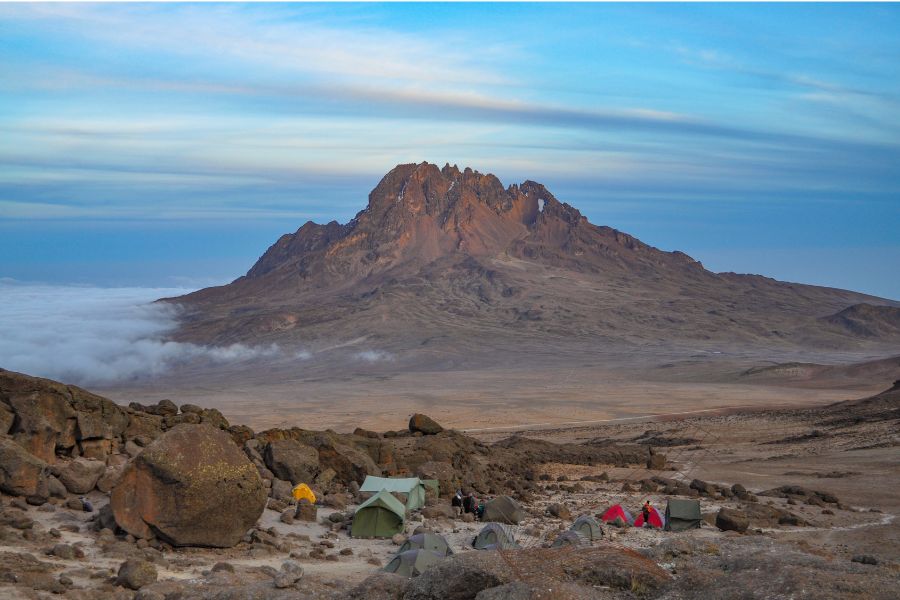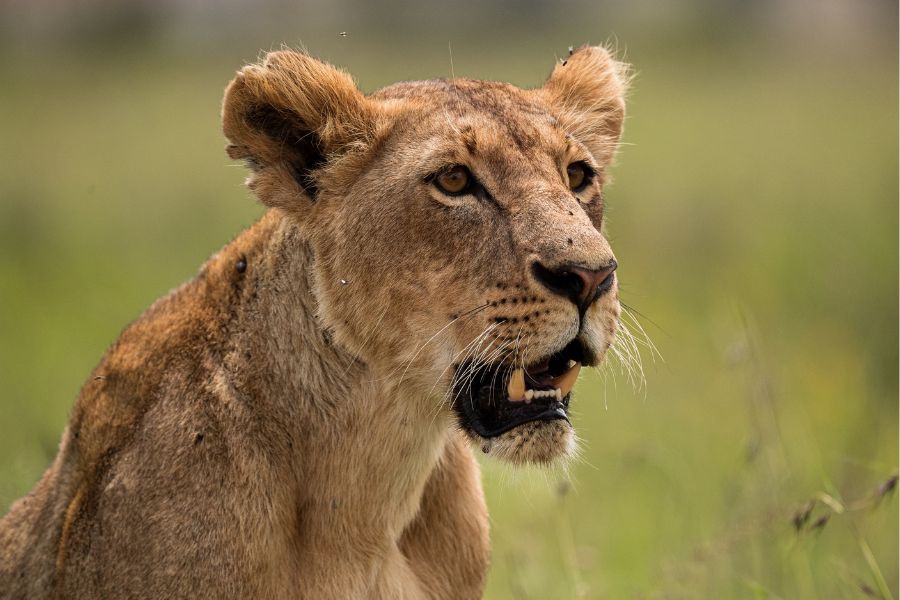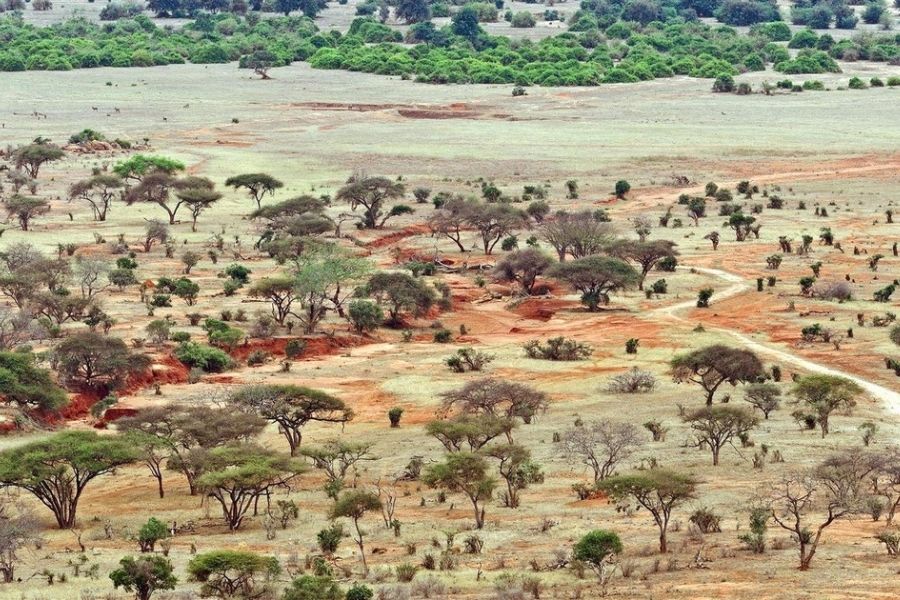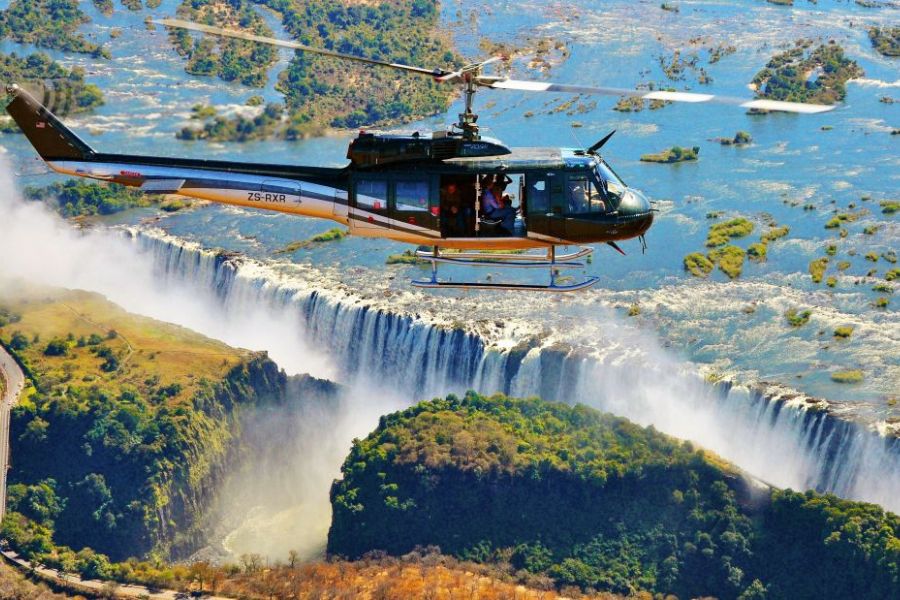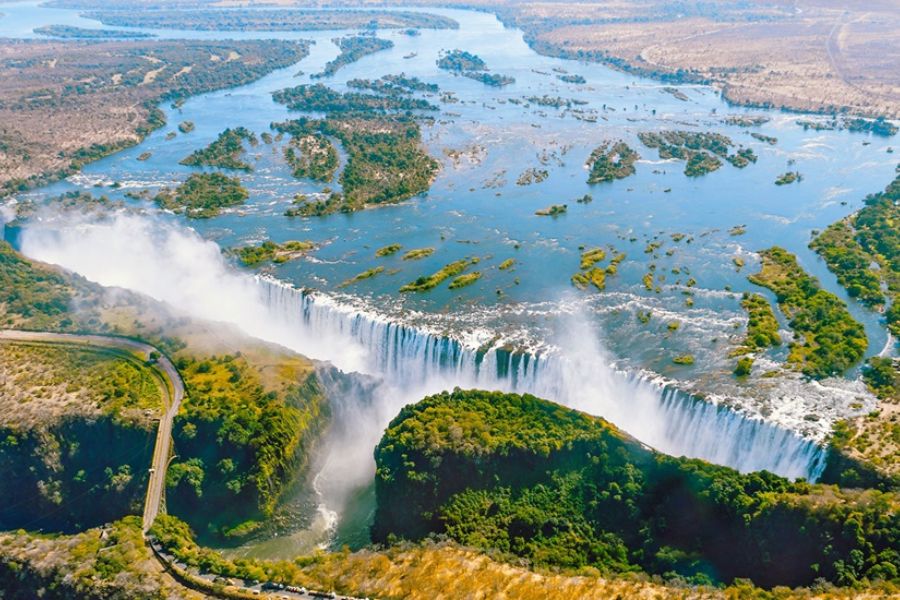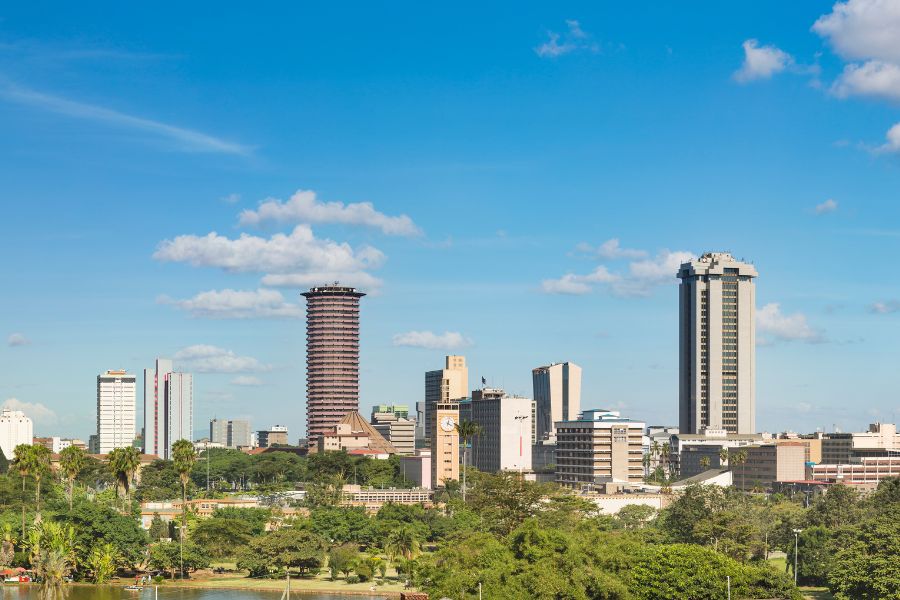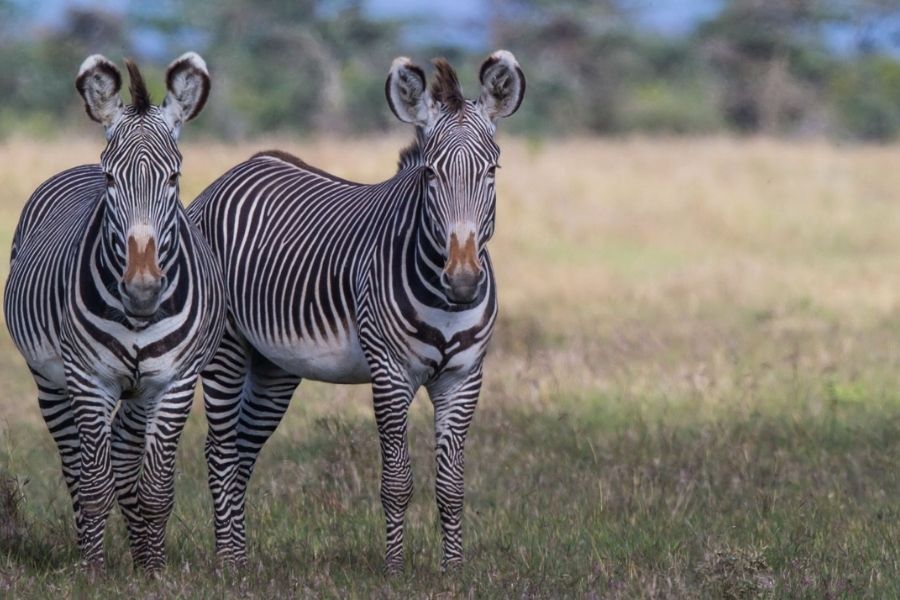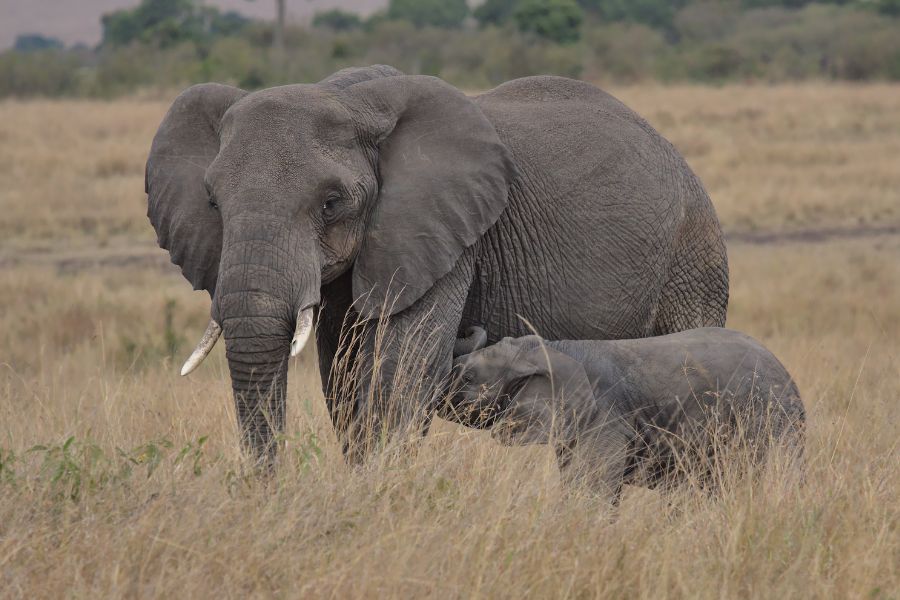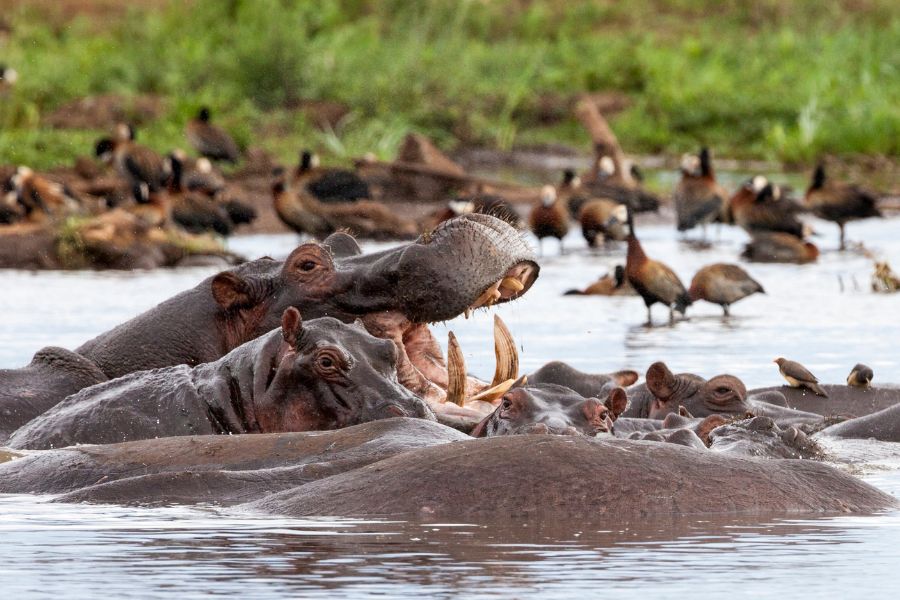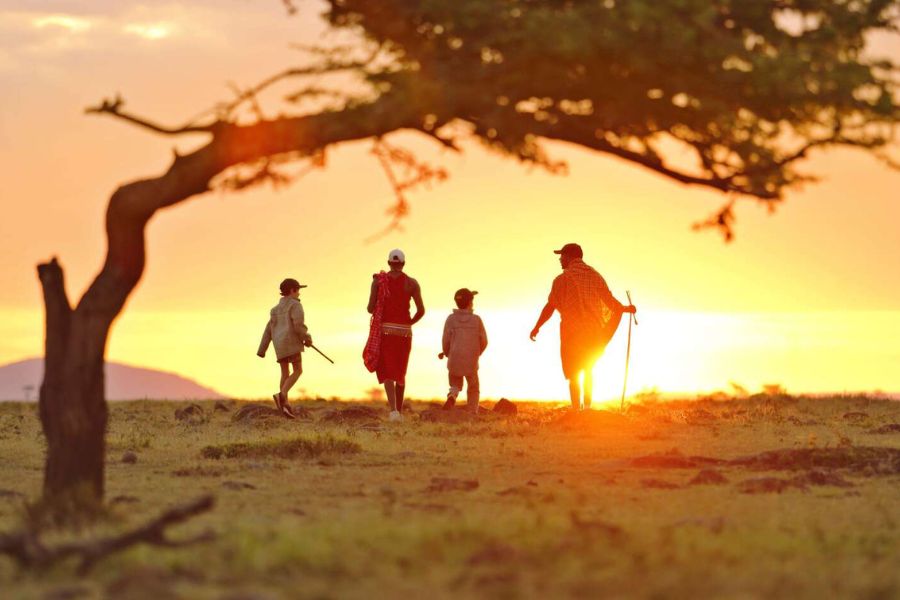CHOGORIA ROUTE DOWN NARO MORU ROUTE
Distance: 75 km | Difficulty: Demanding | Start/Finish: Nairobi
Pack all the necessary camping gear and supplies to embark on an exciting camping trip up the mountain's eastern side. The 5-day Chogoria route is the best option as it offers the most stunning views of all the routes, according to Mount Kenya Climbing Expeditions.
Hiking on this route will allow you to explore the breathtaking Nithi Falls, Lake Ellis, Lake Michaelson, and the Gorges Valley. Taking an additional day at the Austrian Hut is recommended, providing ample time to acclimatize and ultimately reducing the distance and time needed to reach the summit.
Situated in the eastern Great Rift Valley, Mount Kenya is the second-highest mountain in Africa, following Kilimanjaro. Despite being a stratovolcano with glaciers on its highest peaks, only Point Lenana at 4985 meters (16,355 feet) can be accessed by trekkers, making it the smallest of the three peaks, unlike its higher sibling in Tanzania.
Mount Kenya National Park is a spectacular and picturesque destination located east of the Great Rift Valley and 175 kilometers northeast of Nairobi. It is a UNESCO World Heritage Site, covering an area of 715 square kilometers (276 square miles).
The mountain has two high peaks - Batian, 5199 meters (17,057 feet), and Nelion, 5188 meters (17,021 feet) - which are technical vertical climbs requiring Class 5 technical climbing skills. While Blavals Adventure Ltd offers guided trails to Lenana Peak, we advise teaming up with specialist rock climbing guides to ascend higher unless Class 5 clients with known expertise make special requests.
Compared to Kilimanjaro, Mount Kenya is not as well known, and this works to its advantage as it receives fewer visitors and retains its wilderness ambiance to a greater extent. The varied glaciers that descend from the summit through eroded valleys are the source of Kenya's major rivers, the Ewaso Nyiro and the Tana River, the longest in Kenya.
Water cascades from Afro-alpine tundra and moorland through bands of different types of bamboo, softwood, and hardwood forest to farmland on the lower slopes where the Kikuyu people thrive. The mountain is considered the home of their God, and they saw it as a taboo place to which rare sacrificial pilgrimages were made.
The mountain has been described as looking like a male ostrich, with its black and white coloring, due to its dark woodland and snowy peak. Unfortunately, the glaciers are shrinking as less snow accumulates each year, and they are expected to disappear due to climate change.
Eighty-one species of flora, including giant senecios and lobelias, can be found on Mount Kenya and rarely anywhere else in the world. There is also a variety of fauna, notably the rock hyrax, which is a diminutive relative of the mighty elephant and can be found when trekking on Mount Kenya. The common duiker can also live here, and the groove-toothed rat burrows into the giant senecios for insulation while the Mount Kenya mole rat builds mole-hill mounds.
Elusive leopards reside in the Afro-alpine zone, and several bird species, such as sunbirds, alpine or moorland chats, and starlings, pollinate the flowers. At the same time, augur buzzards and massive lammergeiers circle overhead. Verreaux's eagle hunts the hyraxes as you climb Mt. Kenya.
Hyenas, buffalo, secretive leopards, and civets can be found on the lower slopes, but they are not easily spotted in the thick forest. Further down, elephants, waterbucks, bushbucks, colobus, and sykes monkeys are also present. In the past, many attempts to hike the mountain failed because it presented one of Africa's greatest rock and ice climbing challenges.
One ill-equipped party of escaped WWII prisoners attempted in 1943, but starvation defeated them. Nowadays, over 15000 attempts are made each year, but fewer than 100 climbers succeed in climbing both Mount Kenya's higher two peaks, and less than half make it to the lesser third peak.
Although climate change has affected seasonal weather patterns, it is still considered safest to schedule your Mount Kenya trekking trip with Blavals Adventure (view itinerary) during the hot dry period between January and February or from cool July to October when daytime temperatures are warm, ranging from around 70°F (21°C) to 77°F (25°C) degrees on the lower slopes, and five °C (41°F) as you ascend higher, leading up to below freezing temperatures at higher altitudes.
However, it is important to note that it generally rains from the end of March, throughout April, May, and most of June, and around the end of October to November and December, making ice-climbing hazardous and bringing the danger of rock falls.
In addition, expect some showers even during the dry period since central Kenya receives slightly more rain than other regions. If you plan to ascend Mt. Kenya, you will start from the dense forest of the lower slopes and emerge onto the vast alpine moorland, where you will be treated to breathtakingly beautiful spires of giant lobelia, whose scaled or furry flower heads reach skywards from sheaves of sword-like lower leaves, or the architectural cabbage candelabra forms of monstrous alien Senecio.
However, it is crucial to watch for symptoms of altitude sickness (see Kilimanjaro guide), as it is possible to reach threatening altitudes during your mountain tour of Kenya. To avoid trying to summit with symptoms of altitude sickness, such as a blinding headache, nausea, and acute shortage of breath, which can affect even the fittest trekkers if they gain altitude too fast, it is wiser to take your time and spend an extra day acclimatizing around 4000 meters on the upper slopes.
Around the end of December, temperatures increase with high humidity on lower slopes, making for exhausting conditions. However, there is a better chance of clear skies for superlative photography on moonlit nights when ascending Mt. Kenya. It is important to note that from Lenana Peak itself, the view is unbelievable whenever it is visible through rolling clouds of thick, cotton wool mist, which often even hide the higher summits.
The sunrise from the peak is an utterly unforgettable African mountain holiday experience.
Blavals Adventure offers a team of experienced and professional trekking crew for your Mt. Kenya highlands trip. The team consists of a guide, a cook, a personal porter for each trekker, and one for equipment.
A knowledgeable and skilled guide on Mount Kenya is crucial to protect you from your enthusiasm, encourage you, and explain the significance of everything you see around you.
The Kenyan Wildlife Service mandates that all guides and porters must be trained, licensed, and qualified in their knowledge of local conditions, flora and fauna, geological formations, and the monitoring, recognition, and treatment of high altitude sickness.

